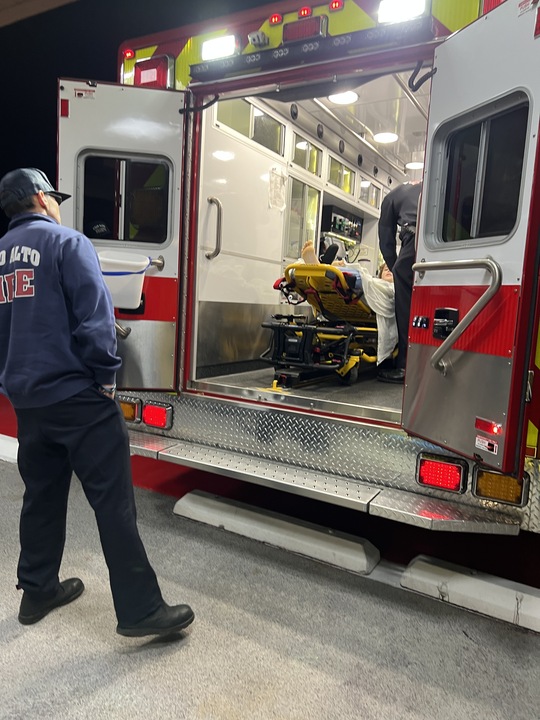At 7:35 a.m., the best place in the world to be is under nice warm covers, not rushing through that AP Government reading assignment minutes before the quiz.
But that’s life.
Unless you are one of the lucky kids with a free or easy first period, you are unfortunately subject to a rigorous curriculum every morning. According to a study broadcast on PBS Frontline Jan. 2002, teenagers, who should be getting 9.5 hours of sleep every night, rack up large sleep deficits. Going to school early in the morning only enforces the vicious cycle and can cause students to perform worse in their classes.
Senior Sandra Tai is one of the students who have a free first period. Tai believes that energy is spread out throughout the day as a bell curve — that the most optimal learning time for her is somewhere in the middle of the day. As a result, she welcomes a free first period before starting her day in order to match her internal clock.
“I’m more alert in my second period [Calculus class] because I get more sleep,” Tai said. “I can keep up with the teacher easily even though I have a harder second period.”
Even though students can select whether or not they want a free first or free seventh period, the rest of the scheduling process doesn’t offer that luxury. According to Assistant Principal Ben Clausnitzer, schedules are made to maximize a student’s opportunities to take the classes he or she wants to, and not for the order of the classes. In addition, each class should have a 32.5 to 1 student-teacher ratio to meet contractual regulations. As a result, even if a student wants to an earlier period of the same class, but just at a different time of day to meet personal learning needs, it’s often impossible.
“Oftentimes, the classes that are very popular — the ones students are trying to change around — are full. And when things are full, we just can’t move students. Someone might say, ‘Hey, there are 33 students in there,’ but that’s [considered] full,” Clausnizter said.
Contrary to the conclusions of the NPR study, however, AP Government teacher Ben Recktenwald reports from his personal experience that there often is no significant change between his three AP classes throughout the morning. The difference, he believes, is more due to the type of students in the class than the time of the day the students have the class.
“AP students are more focused and here on time and so I don’t have as many tardies as I assume other teachers might,” Recktenwald said. “I’d be happy to teach [a first period] given that it’s an AP course.”
To resolve this issue of balancing school and sleep, students and teachers alike have come up with their own interesting solutions. Recktenwald proposes the zero through sixth period system, similar to Kennedy Middle School’s, in which the school would offer AP courses during the optional zero period for highly motivated students. Senior Casey Bronec volunteered a schedule in which students alternate harder academic periods with easier, relaxing electives. With her own schedule starting off the day with a difficult class, she felt as though the alternating classes would make it easier to balance her academic coursework. However, she did mention that she felt like the ideal school day was very dependent on the type of person and varied throughout the student body.
However, in order to change the schedule at MVHS, it would have to changed for other schools in the district as well. Not only would the five schools and 10,000 students have to okay the plan, but the community — parents, business, law enforcement, teachers, neighboring schools, etc. — would have to agree as well.
“There are so many factors involved with it,” Clausnitzer said. “That doesn’t mean that it couldn’t be changed, it’s just that it’s such a complex issue to change it.”




